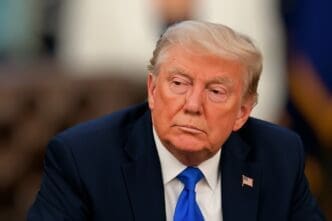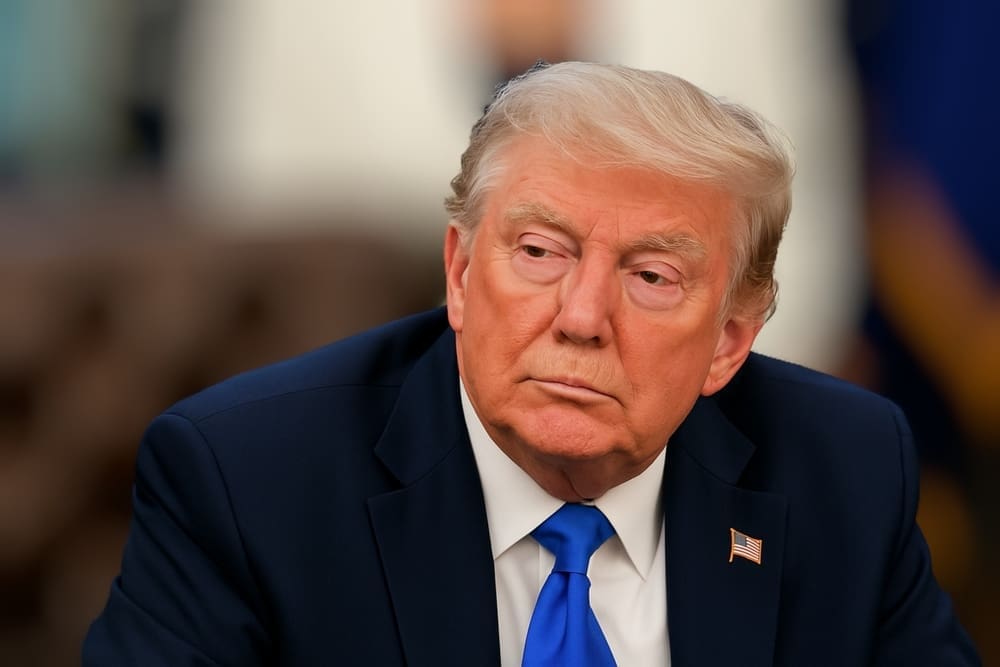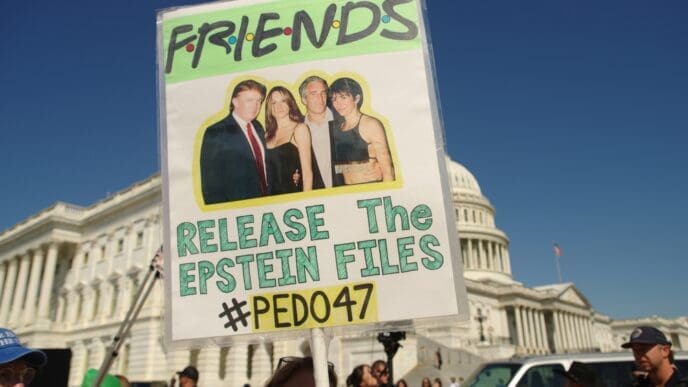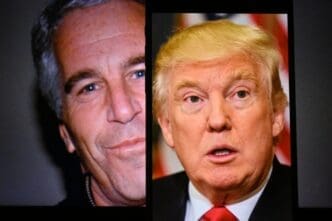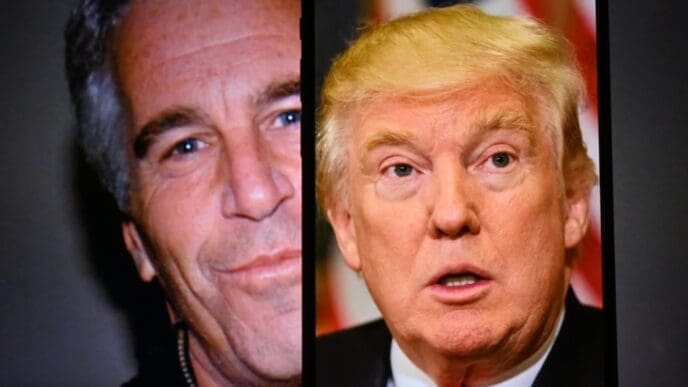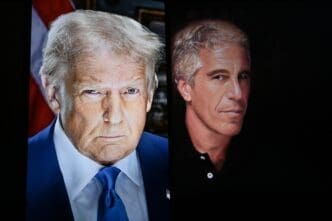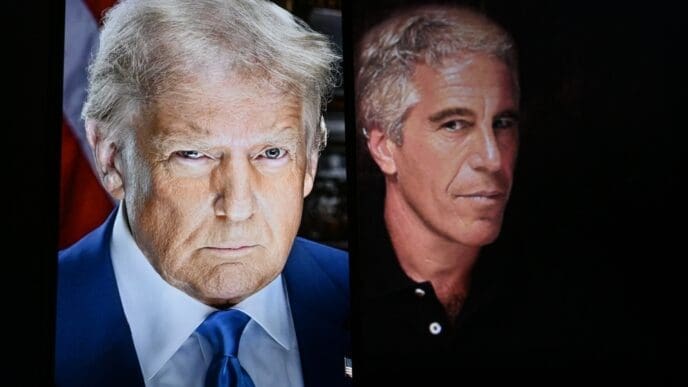Executive Summary
The Story So Far
Why This Matters
Who Thinks What?
The Supreme Court has agreed to hear arguments regarding President Donald Trump’s extensive global tariffs, taking up a critical appeal concerning a central component of his administration’s economic strategy. The court announced Tuesday that it would expedite its review, scheduling arguments for the first week of November, with a decision expected sooner than the typical June timeframe. This move follows a lower court ruling that found the administration acted unlawfully in imposing various import taxes, including the so-called “Liberation Day” tariffs and those targeting China, Mexico, and Canada.
Legal Challenge to Presidential Authority
The case directly questions the president’s authority to levy emergency tariffs without explicit congressional approval, placing a significant aspect of the American economy before the conservative-leaning court. The tariffs currently in place will remain active while the Supreme Court considers the appeal.
A federal appeals court in Washington issued a divided decision in late August, concluding that President Trump exceeded his powers by using the International Emergency Economic Powers Act (IEEPA) to impose these tariffs. The appeals court emphasized that the power to impose taxes, including tariffs, is a core constitutional responsibility reserved for the legislative branch.
Implications for Collected Duties and Future Policy
President Trump requested an expedited review, partly due to concerns about the potential unwinding of already-collected duties if the court rules against him. Delaying a decision could lead to a scenario where an estimated $750 billion to $1 trillion in tariffs have been collected, creating significant disruption if they need to be reconciled.
As of August 24, U.S. Customs and Border Protection figures show tariff collections for the 2025 fiscal year at approximately $475 billion, with $210 billion of that revenue stemming from the tariffs currently under legal scrutiny.
The IEEPA, a 1970s-era emergency law, has been a key tool for President Trump to reshape global trade relationships and alliances. Should some of the powers claimed under this act be permanently blocked, the administration would need to identify alternative mechanisms to achieve its ambitious foreign policy objectives.
Parties Involved and Legal Precedent
The lawsuit was initiated by VOS Selections, a wine importer, alongside other small businesses and a dozen states, all arguing that Trump had overstepped his authority. This is not the first instance of President Trump’s emergency tariffs reaching the Supreme Court; the court consolidated this case with a similar appeal filed in June by two American family-owned toy companies.
The legal battle is expected to engage the “major questions doctrine,” a theory frequently employed by conservative groups to successfully challenge executive branch actions, including the Biden administration’s student loan forgiveness program. This doctrine limits the power of the White House and federal agencies to act without clear congressional authorization.
The IEEPA permits a president to “regulate … importation” during emergencies but does not explicitly mention tariffs. The appeals court noted that while the statute grants significant authority, “none of these actions explicitly include the power to impose tariffs, duties, or the like, or the power to tax.”
Alternative Tariff Mechanisms
While a Supreme Court decision could potentially unwind many of the tariffs imposed by President Trump, he retains other avenues for implementing a tariff-heavy agenda. For instance, sectoral tariffs, such as a recent 50% tariff on steel and aluminum derivatives, have relied on Section 232 of the Trade Expansion Act.
Section 232 grants the president authority to impose higher tariffs on national security grounds, though it is limited to specific sectors and requires an investigation before tariffs can be enacted. Other tariff-imposing methods are available but often come with caveats that could complicate their rapid deployment or withdrawal, a tactic Trump has frequently employed.
The Supreme Court’s decision will have significant implications for the balance of power between the executive and legislative branches regarding economic policy, and for the future of U.S. trade relations.

